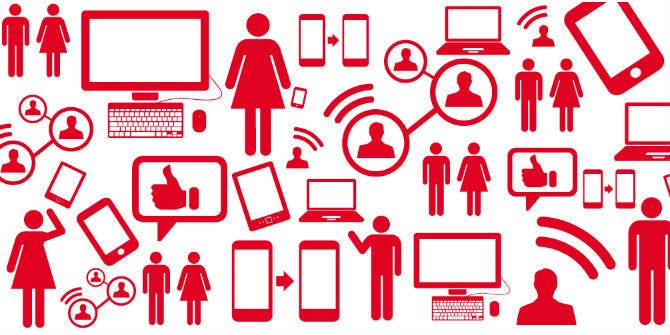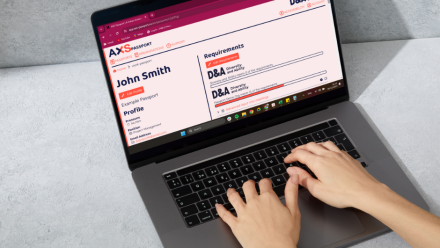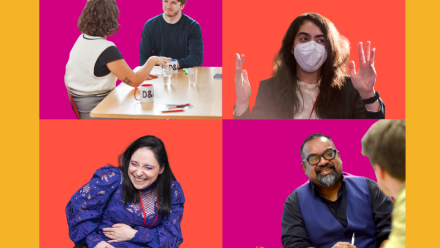Digital Inclusion and Homelessness
18th January 2018 by Catia Neves

Online access is fairly synonymous with active participation in society. Digital inclusion unlocks doors; enabling access to information, the possibility to advocate for rights, to seek support, stay connected and access services.
Unfortunately, many people who would greatly benefit from access to digital tools are often excluded. Whether due to physical access, lack of basic computer literacy or learning differences. This results in further marginalisation and becoming locked out of mainstream society. This is true for many people impacted by homelessness.
The first issue is having physical access to computers or smartphones. Many vulnerable sleepers do not have regular access to technology that may help them. This means creating pathways to free or affordable technology.
The second issue to bear in mind is the strong correlation between homelessness, long term unemployment and undiagnosed/ unsupported learning differences. It’s not good enough to just provide access to technology, without tailored support that actually makes it usable for someone with a learning difference. For example, giving someone access to a computer to claim their benefits, without recognising the immediate barriers they face due to illiteracy, makes it an impossible task.
Assistive technology supports those with learning differences or disabilities to access such platforms, and it’s these tools along with appropriate training, that can transform a person’s experience of society.
Marginalisation and learning isolation can have a huge collateral impact on life beyond education. Diversity and Ability (D&A), a disabled-led social enterprise, has historically supported disabled people in Higher Education and the workplace to reach their potential. Through a blend of inclusive practices, tailored strategies and assistive technology, D&A support people to be more independent.
D&A’s work with people impacted by homelessness sprung from the question- ‘what about those battling undiagnosed learning differences, that fit into neither category (work or education) and have somehow slipped through the gap in the middle?’. Ironically, it’s this group with the most urgent need, that benefit the most from using assistive technologies, yet have the least access to it.

With this in mind, D&A has been working with Crisis homelessness charity, amongst others, delivering workshops to service users exploring free technologies that assist with core literacy and numeracy skills, as well as organisation, wellbeing and memory. With the explosion of low-cost apps and open source software, access to learning and acquiring key life skills is becoming progressively democratised. There’s no reason why everyone shouldn’t have access to technology.
The Government’s Digital Inclusion Strategy aims to get everyone online by 2020. Statistically, 33% of people with registered disabilities have never used the internet. This is 54% of the total number of people who have never used the internet. D&A hopes that projects like these, providing tailored support, truly mean that ‘no-one gets left behind’.
The key outcomes of D&A’s workshops are as follows:
- Minimise long term unemployment
- Address confidence issues surrounding neurodiversity and education
- Equip participants with skills to secure stable accommodation
- Enable increased access to support and funding
D&A’s digital inclusion projects have sparked stories of hope and change for some of the most vulnerable individuals in our society, creating greater independence and breaking out of the cycle of homelessness. Creating a safe space for people to access technology and develop learning strategies, has catalysed enormous life shifts, enabling people to move forward with their lives.


